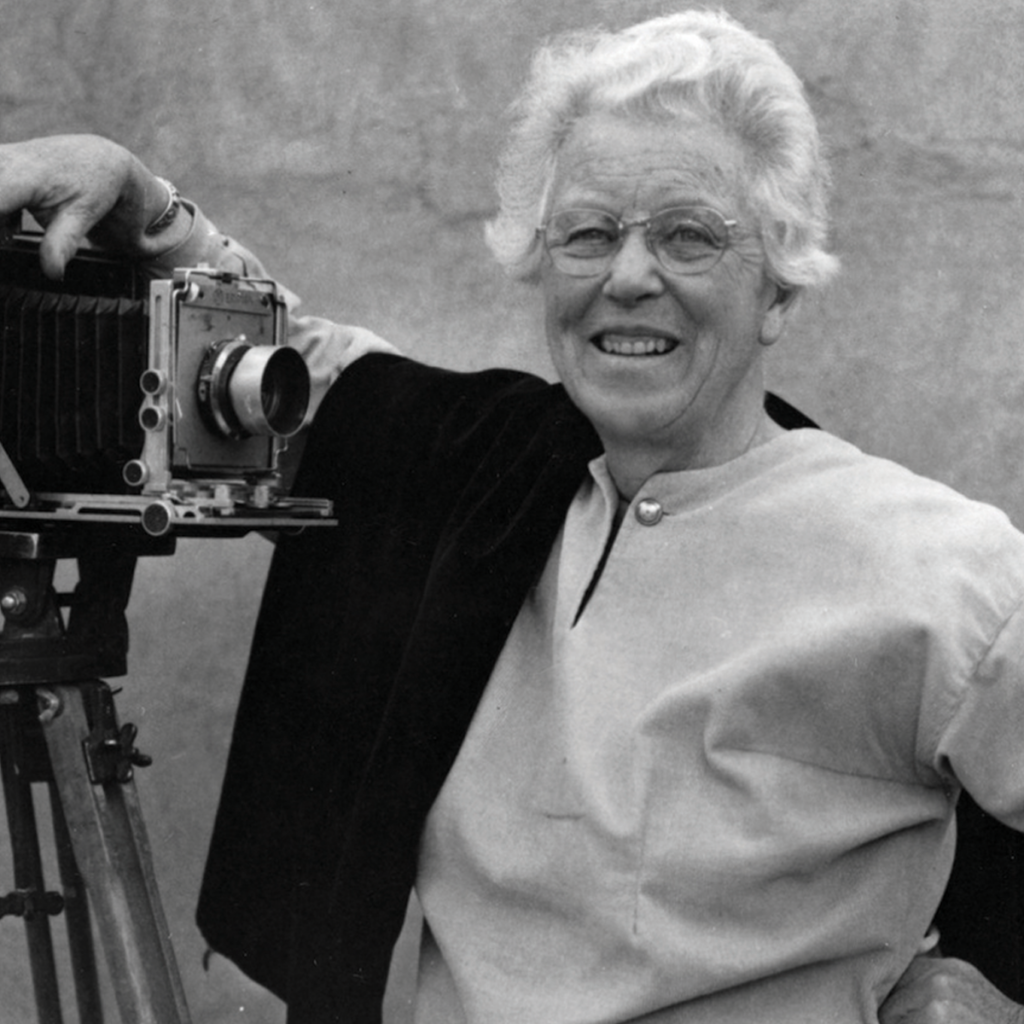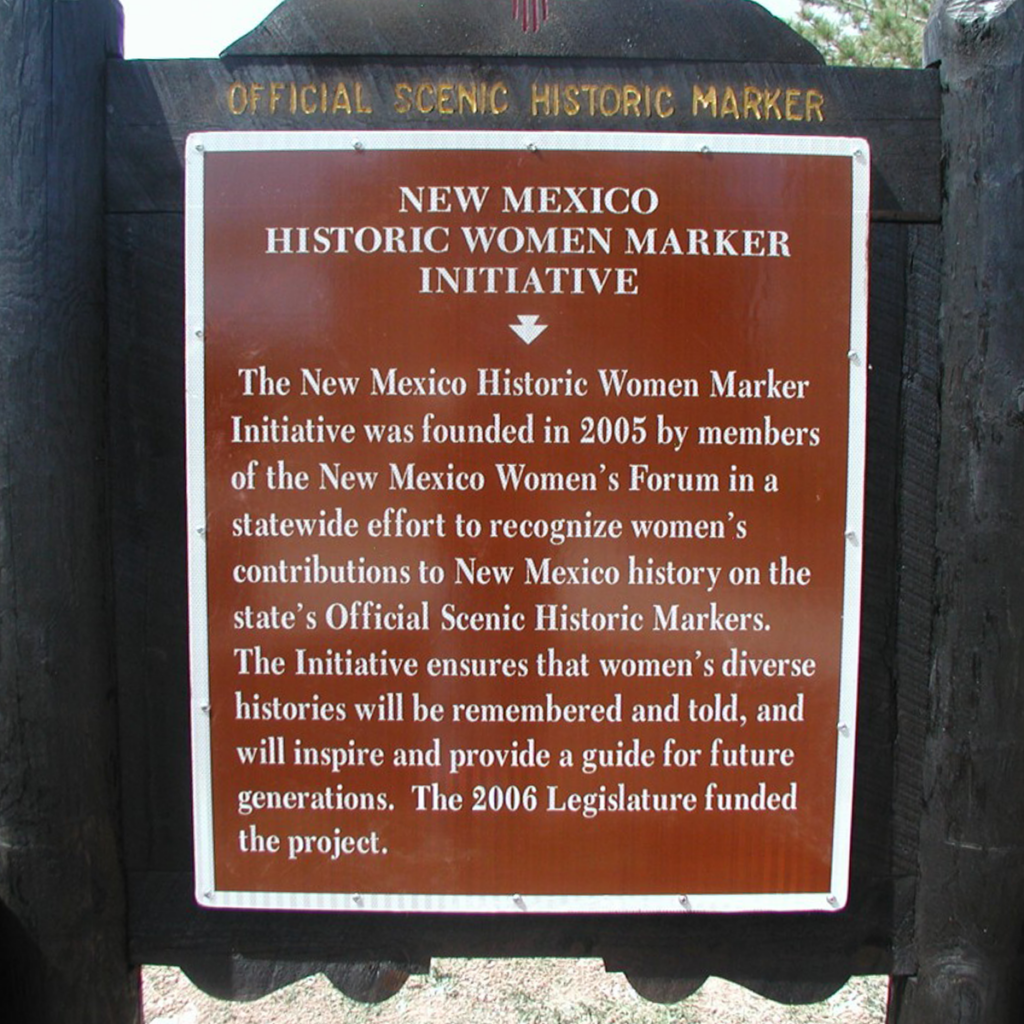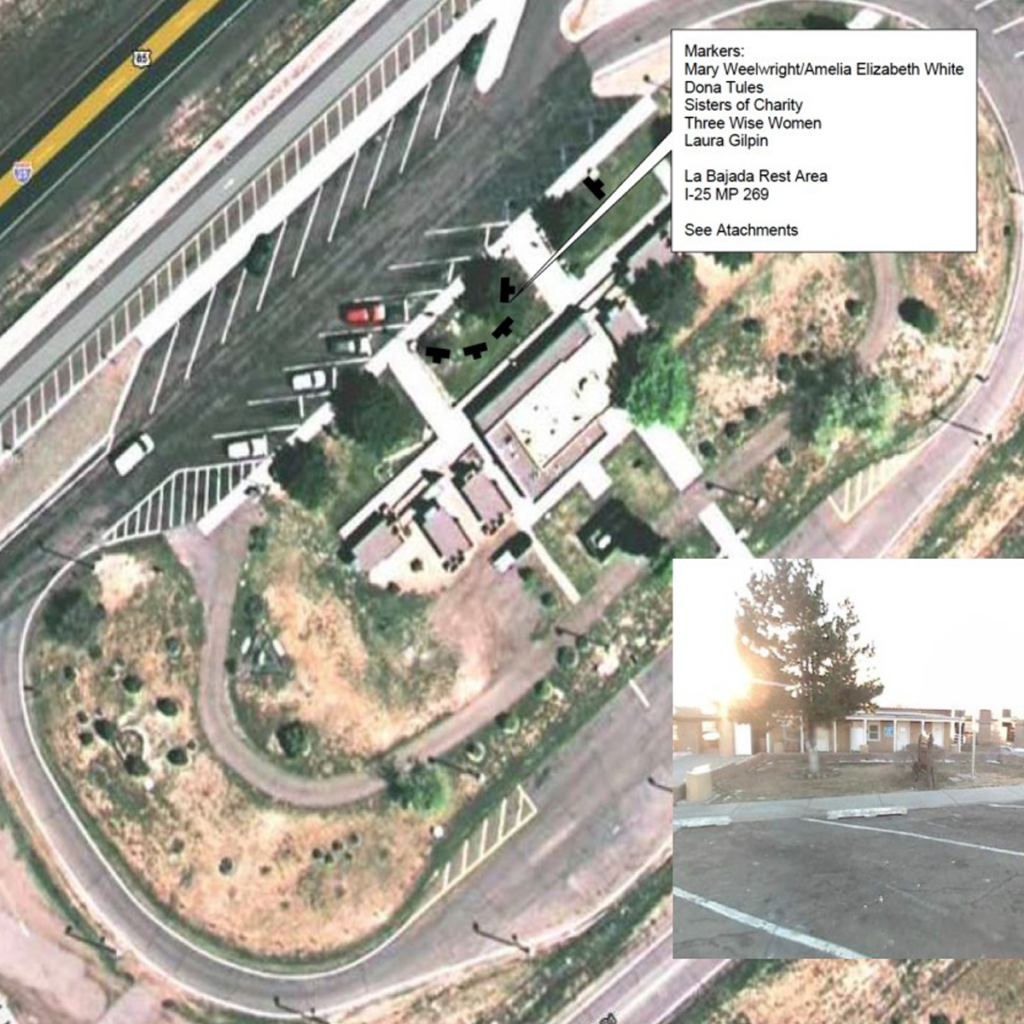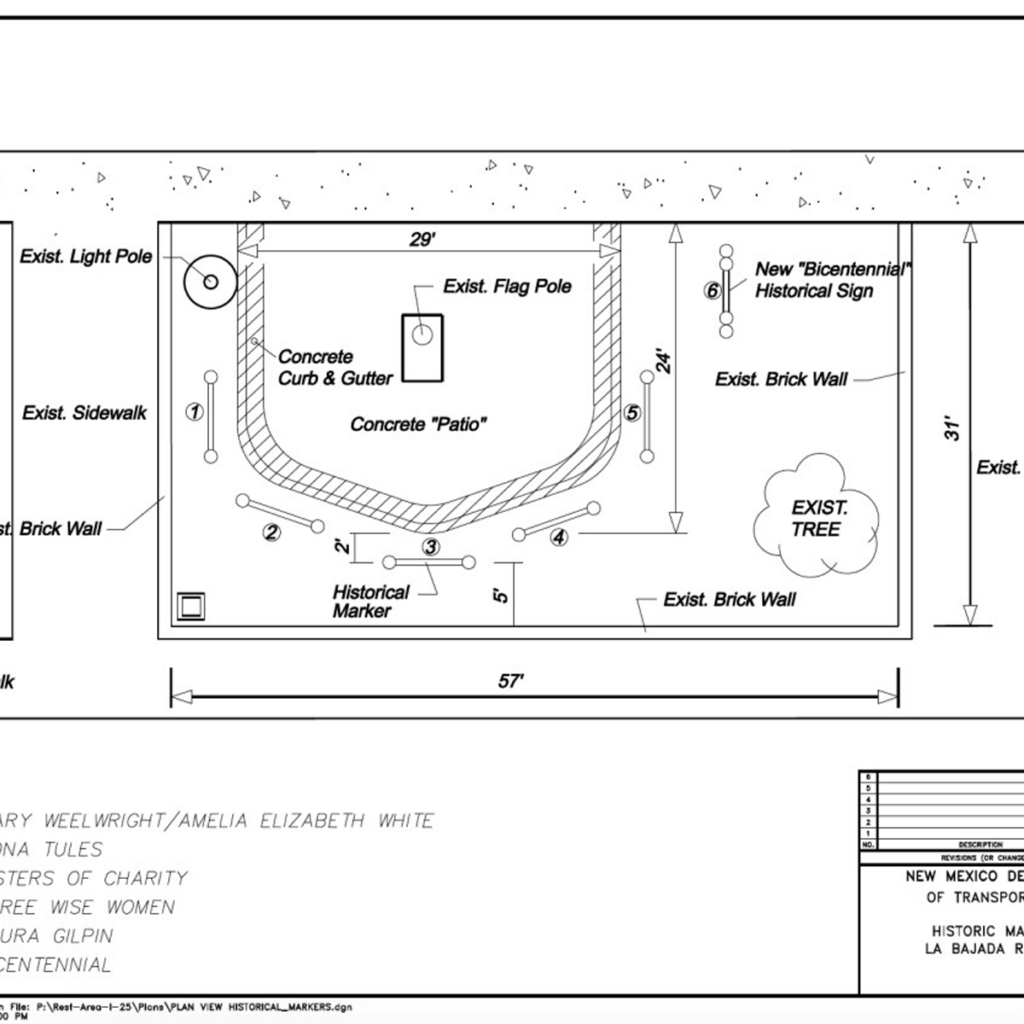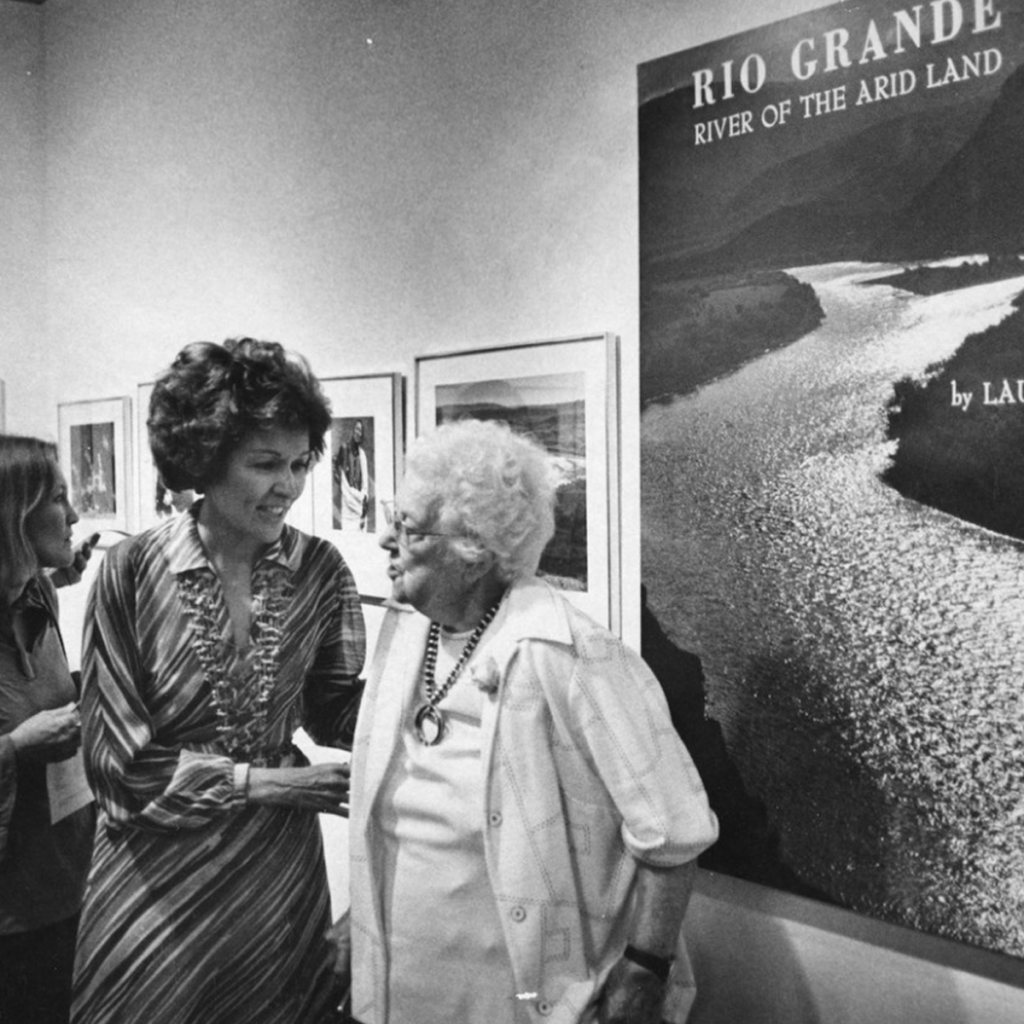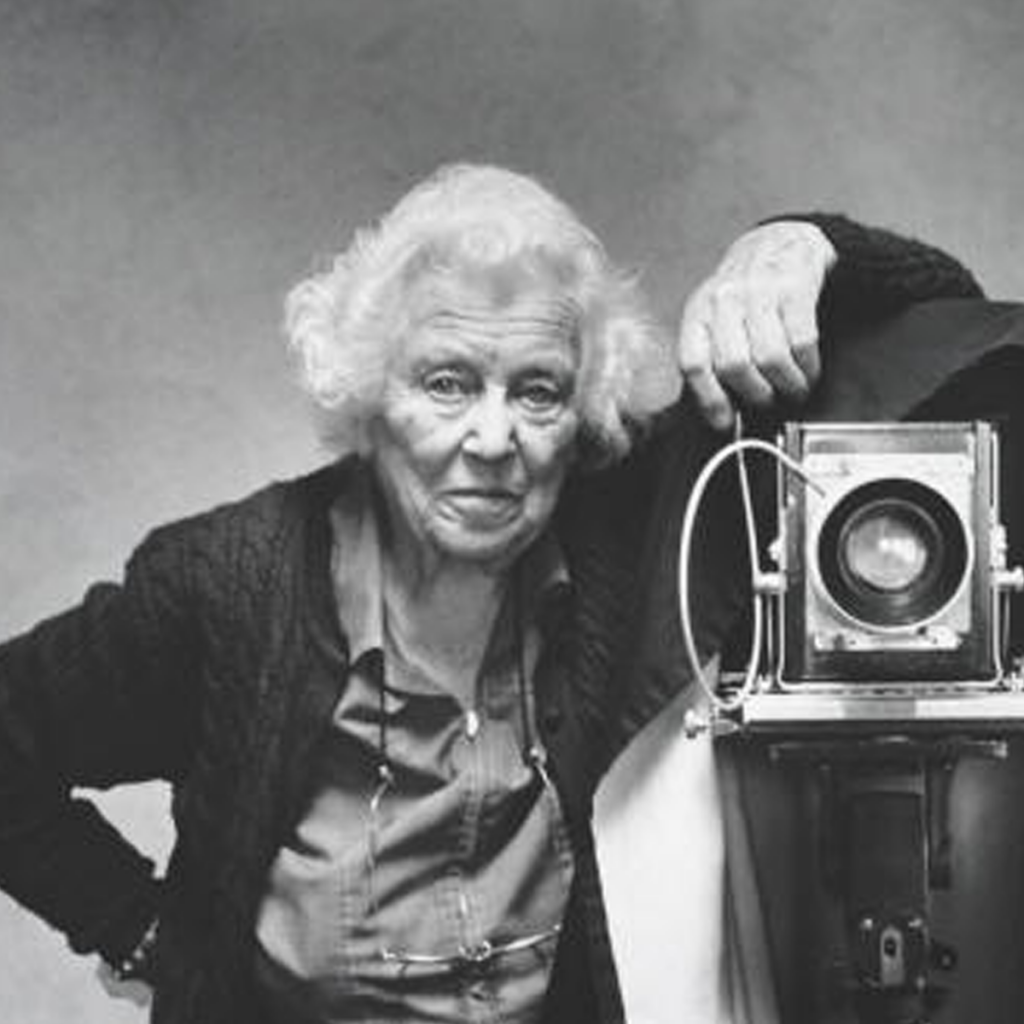Laura Gilpin.
Photo Credit: Courtesy of New Mexico Historic Women Marker Program. Courtesy of New Mexico Historic Women Marker Program. Courtesy of New Mexico Historic Women Marker Program. Juan Rios. Courtesy of the Palace of the Governors Photo Archives (NMHM/DCA)
Laura Gilpin
1891 - 1979
Santa Fe County
One of the foremost women photographers of the twentieth century, she spent more than half a century photographing Southwest cultures and landscapes. Renowned for her depiction of Native American people, she emphasized the enduring nature of their culture despite countless threats.
One of the foremost women photographers of the twentieth century, Laura Gilpin spent more than half a century photographing Southwest cultures and landscapes. She is renowned for her photographs of Navajo and Pueblo people. Gilpin ventured into remote landscapes during a time when most photographers doing such work were male.
Gilpin was born in 1891 to Frank and Emma Gilpin in Austin Bluffs, Colorado, just north of Colorado Springs. Later, her family moved to Colorado Springs. She became interested in photography at a young age, receiving a Brownie camera on her twelfth birthday. She spent time on the East Coast, attending Baldwin School in Pennsylvania, Rosemary Hall in Connecticut, and the New England Conservatory of Music in Boston. She also studied photography at the Clarence White School in New York for a few years at the encouragement of her mentor, noted photographer, Gertrude Kasëbier. Gilpin began working as a professional photographer in 1918.
Her work among Navajos began in 1930 accidentally: On a camping trip, her car ran out of gas in an isolated part of the Navajo reservation, about twenty miles north of Chinle, Arizona. She and her close companion, Elizabeth Forster, a nurse in Colorado Springs, made the best of the situation, acquainting themselves with the local culture. This incident proved fortuitous for both women. For Gilpin it spurred an interest in Navajo culture, and for Forster, it resulted in a job as a field nurse on the Navajo reservation. A year later, Forster accepted a job in Red Rock, Arizona, where she stayed for almost two years.
Gilpin visited Forster during those years and they began a collaborative effort to document Navajo culture in photographs and words. Unfortunately, the project was grounded until many years later when Martha Sandweiss, a curator at the Amon Carter Museum where Gilpin’s photographs and papers are now housed, compiled Forster’s letters and Gilpin’s photographs into an edited collection titled Denizens of the Desert, published in 1988.
With Gilpin and Forster’s publication on hold at the time, Gilpin began work on her own project. The culmination of this work was the 1968 publication of The Enduring Navaho. In this monograph, Gilpin presents a portrait of Navajo culture, documenting daily activities, from tending sheep to community gatherings. Her collection was a departure from prominent photographers like Edward S. Curtis, who believed indigenous cultures to be on the brink of extinction. In contrast, Gilpin emphasized the enduring nature of Navajo culture, which existed despite countless threats. Gilpin had three other major publications: The Pueblos: A Camera Chronicle (1941), Temples in Yucatan: A Camera Chronicle of Chichen Itza (1948), and The Rio Grande: A River of Destiny (1949). She excelled in platinum printing.
While Gilpin’s photographs of Navajos, Pueblos, and Southwest landscapes have been criticized by some as veering toward the romantic, her work has received acclaim and appeared in numerous exhibits nationally and abroad. In 1974, she was one of four individuals to receive the first annual award for Excellence in the Arts by the governor of New Mexico. In 1977, her home state of Colorado awarded her the Governor’s Award in the Arts and Humanities. Gilpin had a life-long love of nature and still went camping into her eighties. She lived in Santa Fe, New Mexico, where she continued to work as a photographer until her death in 1979.
Sources:
Gilpin, Laura. The Enduring Navaho. Austin: University of Texas Press, 1968.
Sandweiss, Martha A. ed. Denizens of the Desert: A Tale in Word and Picture Among the Navaho Indians, the Letters of Elizabeth W. Forster and Photographs of Laura Gilpin. Albuquerque: University of New Mexico Press, 1988.
Sandweiss, Martha A. Laura Gilpin: An Enduring Grace. Fort Worth: Amon Carter Museum, 1986.
Directions:
Laura Gilpin
Santa Fe County
Artist | Cultural preservationist |
Statehood (1912 - present) | Territorial Period (1848 - 1912) |
North Central



